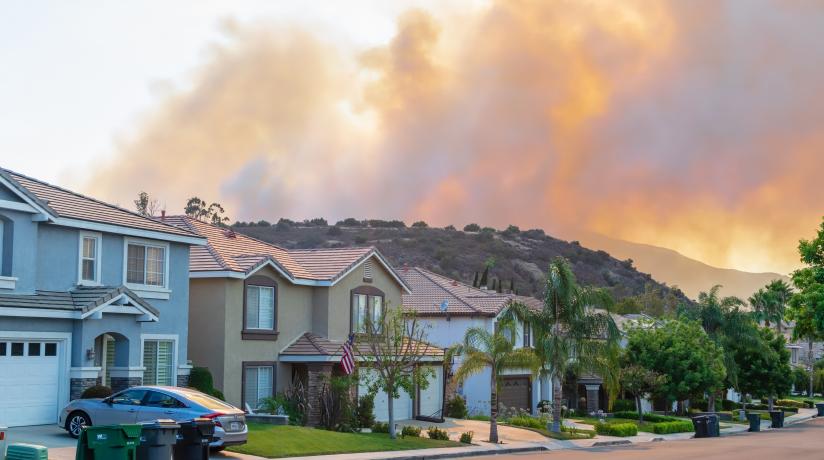Specific bushfire construction standards apply in designated bushfire-prone areas in Australia. These bushfire construction requirements are aimed at improving protection for residential buildings. Standards Australia has recently revised the existing Australian Standard for construction in bushfire-prone areas.
You can access the draft Standard here and a template for public comment here. The Housing and Country Sector committees have been asked for comment on the draft standard.
The major changes in this draft standard relate to:
- Rangelands
- Gutter guards
- Sub floors
- Water and gas supply pipes
- Layout of standard.
More specifically, the following key changes to the standard are proposed:
(a) The site assessment in Section 2 has been simplified to address interpretational issues related to slope, grasslands and low threat vegetation.
(b) Section 3 clarifies that the shielding concessions relate only to the elements of the wall and do not apply to the subfloor or roofs.
(c) The protection of gaps and openings has been addressed by requiring suitable measures for doors and windows and providing for other gaps to be suitably sealed.
(d) The requirements for sub-floors at BAL-12.5 and BAL-19 relating to bearers, joists and flooring within 400 mm above finished ground level now align with BAL-29.
(e) Windows address the framed material, hardware, glazing, seals and weather strips and screens. Doors address the door panel material, door frame material, hardware, glazing, seals and weather proofing, screens and to be tight fitting. Vehicle access doors recognise that guide tracks do not permit direct access for embers and do not require edge gap protection. Weather strips are to conform with a flammability index of no greater than five (AS 1530.1).
(f) Roofs can now include certain translucent or transparent roof coverings at BAL-12.5 and BAL-19 for verandas, carports or awnings where the roof is separated from the main building.
(g) Editorial changes have been made for consistency with Section 2 and to locate tables with the relevant sections of the site assessment methodology. Appendices F and H have been combined.
Master Builders President Melanie Fasham also reports to BRAC on these issues. She has highlighted item (d) above which increases what builders will need to do and lifts requirements to the standard BAL29 at the lower levels. There may be other items that address siting which may result in an increase on how a site is classified.
Public comment period closes on 21 September.






